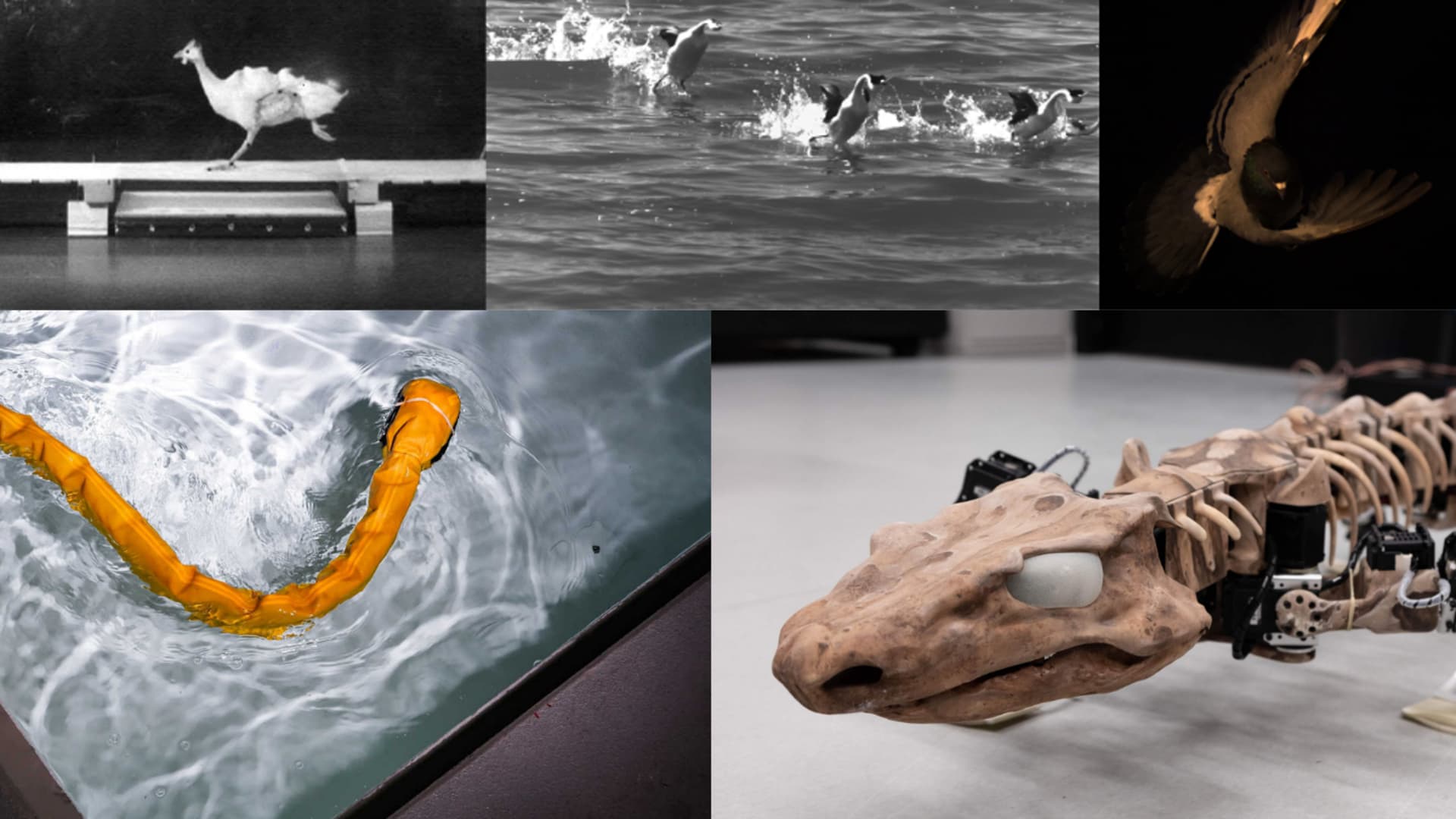The interplay between bio-robotics and animal locomotion has opened doors to a plethora of innovations. By focusing on emulating and studying animal locomotion, scientists and engineers are developing robots that can replicate these movements, yielding applications that span various industries, from surveillance to flight control for unmanned aerial vehicles (UAV). A recent AI for Good webinar delved into the crossroads of biorobotics and animal locomotion, exploring design principles inspired by animals and biorobotics’s contributions to sustainable development.
Biorobotics facilitate UN Sustainable Development Goals (SDGs)
Biorobotics is showing promise in advancing several SDGs. The field’s research into eagles and insects has inspired designs for more stable aircraft and pest control strategies.
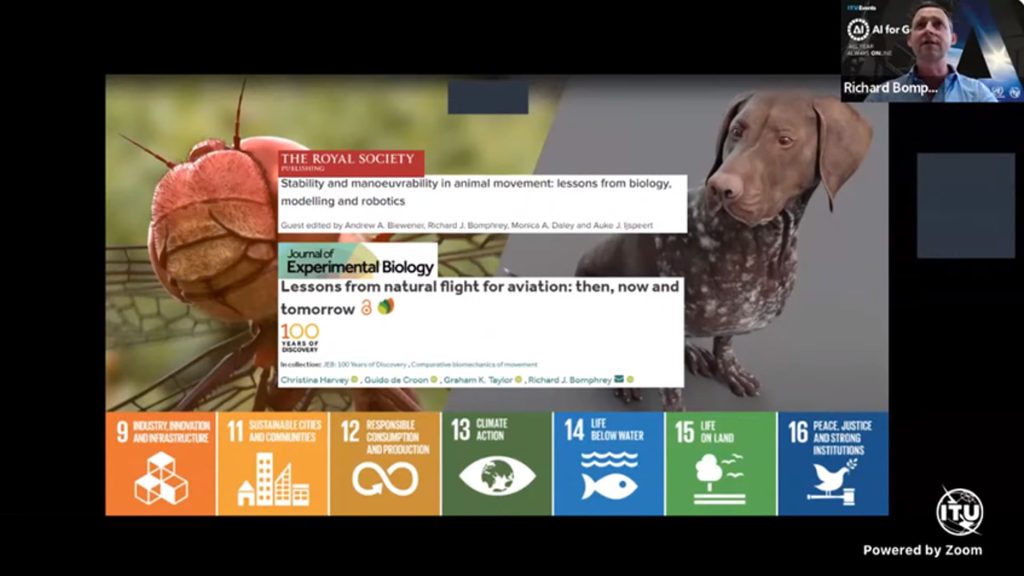
Collaborative synergy between biology and engineering robotics
The journey to craft sturdy terrestrial and aerial robots for practical navigation demands a perfect blend of biology, engineering, and robotics. Take Boston Dynamics and their Big Dog robot series as an example. The robots’ design was based on studies of goats and their ability to stabilize on uneven surfaces, leading to design improvements such as changing the knee orientation for stability.
“These engineering-biology collaborations are really helpful for identifying key principles guiding movement, which are often not easily known”, said Andrew Biewener, Professor at Harvard University.
While natural organisms still outpace biorobotic creations in adaptability, the fusion of AI into navigation and decision-making algorithms projects a bright future for biorobotics in sectors like surveillance, rescue, and environmental sensing.
Interdisciplinary collaboration
“Biology engineering is a two-way street; it’s clear how biology has a lot to teach us as engineers on designing better engineering systems.”, stated Aimy Wissa, Assistant Professor at Princeton University.
Drawing inspiration from biology, engineers develop innovative solutions to complex problems. This showcases a symbiotic relationship between biology and engineering. One can witness this dynamic in the creation of UAVs inspired by avian mechanics or studies focusing on flying fish. For instance, research into birds’ flight mechanics led to UAV designs that incorporated aspects of covert feathers, honing their lift and stability.
This symbiotic relationship showcases biology’s influence on engineering and how engineered models can illuminate biological concepts. The study of flying fish using robotic models is a testament to this, revealing a nuanced balance between efficiency and stability.
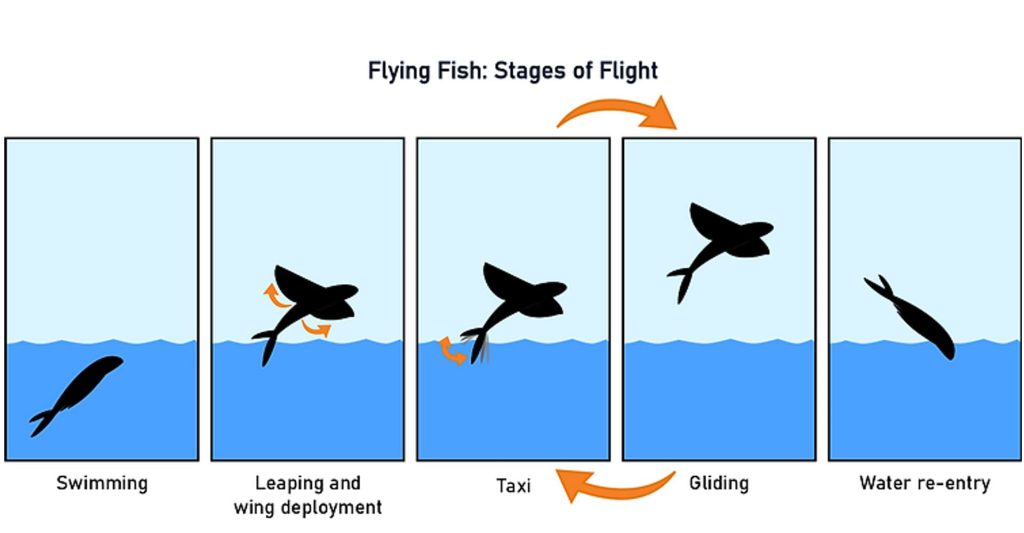
Decoding animal locomotion
Investigating animal locomotion through robotics and computational neuroscience reveals insights into complex control systems. Focusing on the study of salamander and eel locomotion, the research delves into the intricate relationship between muscles, forward speed, and the nervous system. For instance, salamanders and their central pattern generators (CPGs) provide a blueprint of complex rhythmic patterns fundamental to movement. In contrast, eels, even with severed spinal cords, highlight the prominence of local systems and sensory feedback in orchestrating synchronized movement.
“The study of extinct animals, like orobatas, through a robotics approach allows us to explore possible gaits and is a unique way of trying to match morphology to footprints, leading to exciting findings and comparisons with modern animals”, explained Auke Jan Ijspeert, Professor at EPFL.
The pioneering approach of robotic paleontology, applied to dissect the extinct orobatas, illuminates potential locomotion styles, comparing its structure with contemporary fauna.
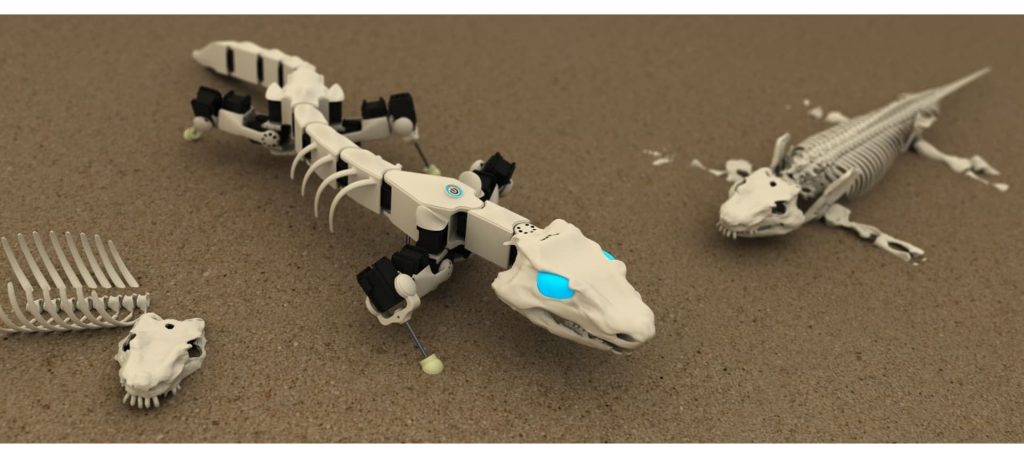
Bridging robotics and nature
Biorobotics, inspired by nature’s diversity, seeks to emulate animal movement, providing solutions in conservation, environmental monitoring, and safety. Merging biological principles with technological innovations, it refines robotic designs and enhances understanding of animal locomotion.
“Nature’s diversity really does enable discoveries… nature becomes a much more useful teacher”, emphasized Robert Full, Professor at the University of California at Berkeley.
Bio-inspired robots like Rex for erosion monitoring, CRAM for tight spaces, and Stickybot that mimics geckos are examples. This union of biology and robotics promises energy-efficient, sustainable advancements through material and AI integration.
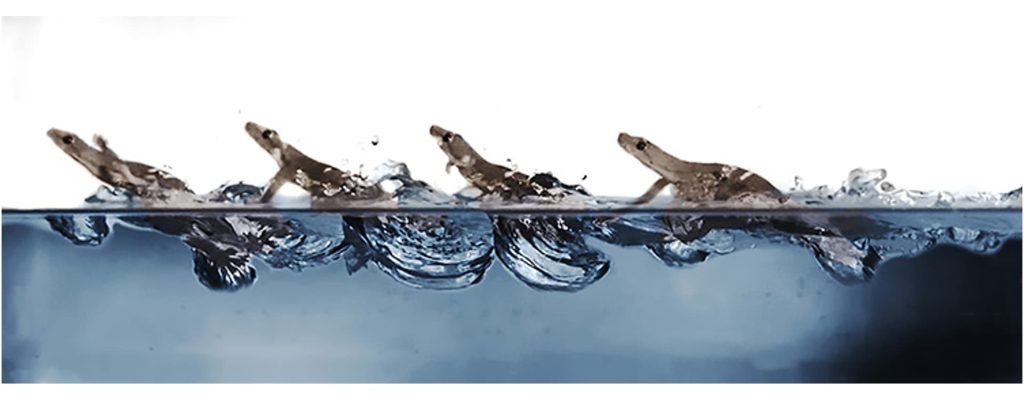
The webinar demonstrates the transformative impact of intertwining biorobotics and animal locomotion, paving the way for groundbreaking innovations across diverse fields.



